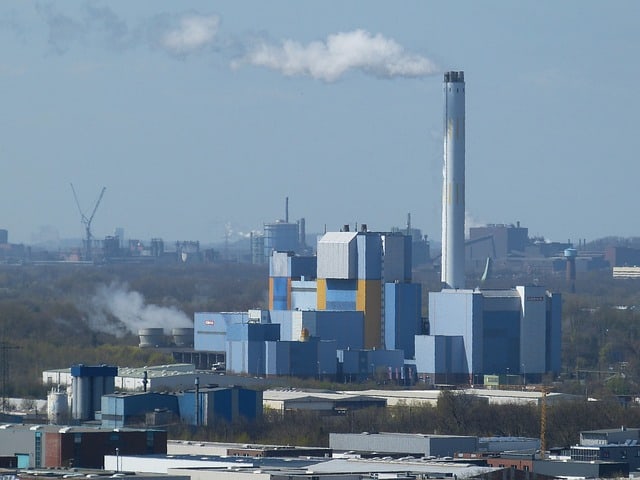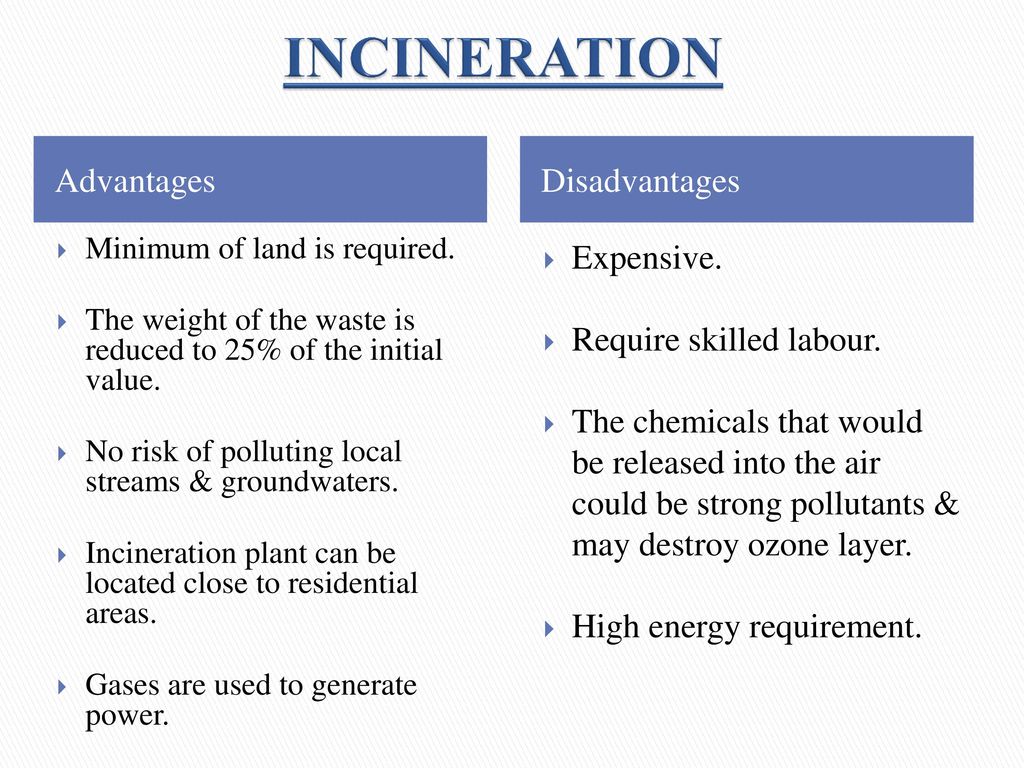Incineration is a waste treatment process that involves the combustion of organic materials in order to convert them into ash, flue gas, and heat. It is often used as a method of disposing of solid and liquid waste, including municipal solid waste, medical waste, and hazardous waste. While incineration has several advantages, it also has a number of disadvantages that should be considered when deciding whether to use it as a waste management option.
One of the main advantages of incineration is that it reduces the volume of waste that needs to be disposed of. Incineration reduces the volume of solid waste by up to 95%, making it easier and more cost-effective to transport and dispose of the remaining ash. Incineration also reduces the amount of greenhouse gas emissions produced by waste, as the combustion process captures and destroys methane and other gases that would otherwise be released into the atmosphere.
Another advantage of incineration is that it can generate electricity and heat, which can be used to power homes and businesses. This makes incineration a potentially valuable source of renewable energy, as it can reduce the need for fossil fuels and help to reduce carbon emissions.
However, there are also several disadvantages to incineration. One of the main concerns is that the combustion process can release harmful pollutants into the air, including particulate matter, dioxins, and furans. These pollutants can have negative impacts on human health and the environment, and can contribute to air pollution and climate change.
Another disadvantage of incineration is that it is often expensive to build and operate incineration facilities. This can make it difficult for smaller communities or countries to implement incineration as a waste management option.
In addition, incineration is not a suitable option for all types of waste. Some materials, such as plastic and electronics, do not burn well and can produce harmful emissions when incinerated. These materials may need to be treated separately or disposed of through other means.
Overall, incineration has both advantages and disadvantages as a waste management option. While it can reduce the volume of waste and generate electricity and heat, it can also release harmful pollutants into the air and is not suitable for all types of waste. Careful consideration should be given to the potential impacts of incineration before it is implemented as a waste management solution.






